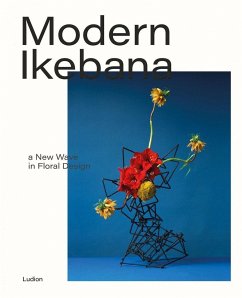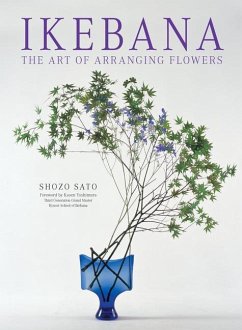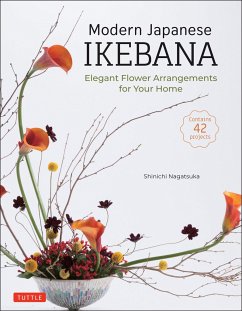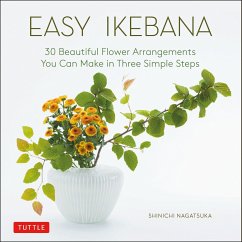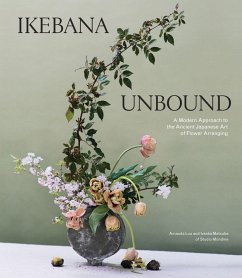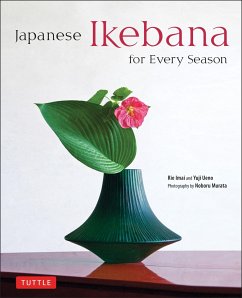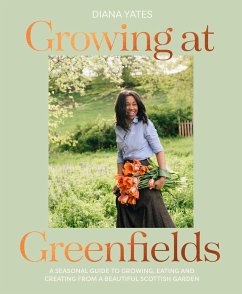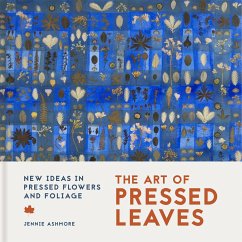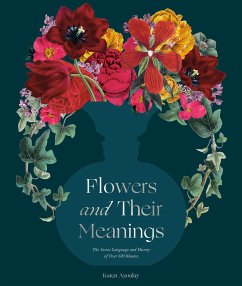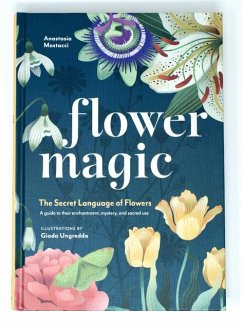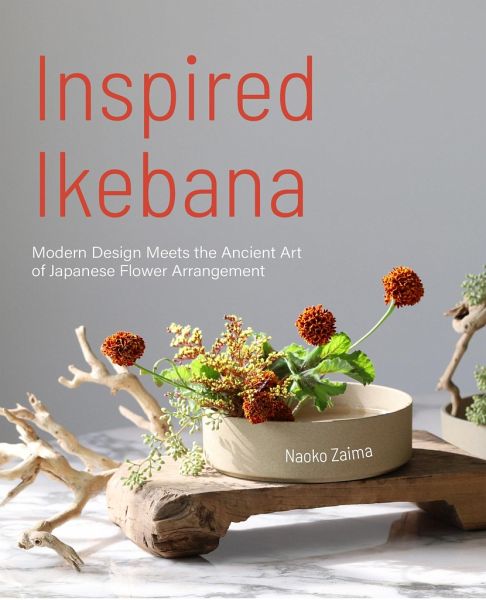
Inspired Ikebana
Modern Design Meets the Ancient Art of Japanese Flower Arrangement (the Craft of Kado, the Japanese Art of Modern Flower Arrangement)

PAYBACK Punkte
14 °P sammeln!
With Inspired Ikebana, Ikebana expert Naoko Zaimais provides step-by-step instructions that allow you to create stunning floral arrangements in various Ikebana styles using both fresh and dried flowers. A beautifully photographed instructional guide that provides a modern take on a centuries-old art, Inspired Ikebana also details the history of Ikebana and its impact on floral design.





